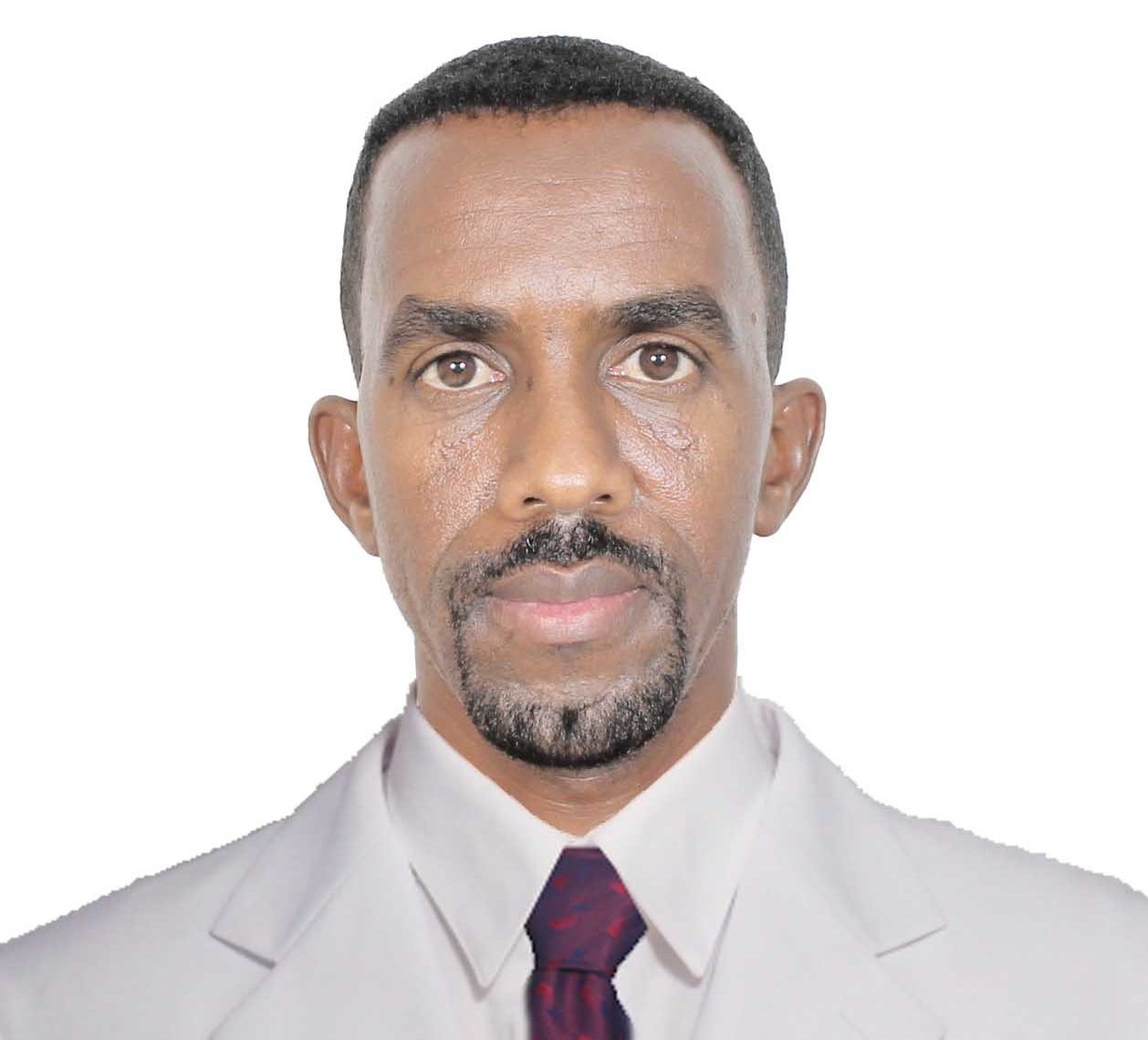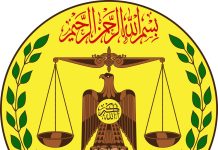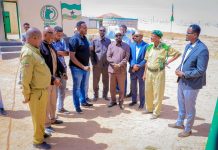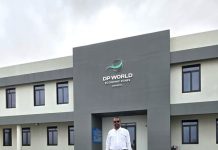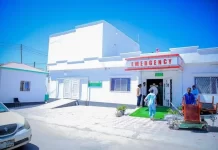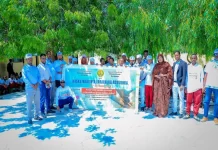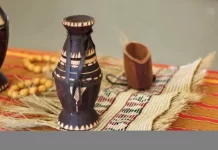Sub-standard roads, the pollution and dust of cars, overloaded vehicles, and, of course, the downed MiG-17 fighter jet monument erected in the city center might not be among the best first impressions for Hargeisa. Yet behind the surface of appearances Somaliland’s capital has a thriving urban transport system. Many urban services in Somaliland are organized informally including, electricity and waste disposals; public transportation is not an exception. Rapid urbanization and the increased need for mobility have put tremendous pressure on the already poor transport infrastructure in the country. In 2012, Somaliland’s road network was 8,795 km of which 770 km consisted paved roads. As of today, the total paved roads stands at 1010 km, an increase of 240 km. The rest of the roads are either unpaved gravel roads or dirt tracks. Much of the fund for road improvement came from the Somaliland Development Fund (SDF).
Transportation in Somaliland relies on buses, minibuses, taxis, three-wheelers and trucks. The public transport sector, in particular, is dominated by Toyota brands including Coaster, Hiace and Vitz. These cars were originally built in Japan and purchased from Dubia’s Al Aweera Auto Market as second hand cars. Most Somaliland car owners lack the capital to buy a new vehicle and credit facilities are almost non-existent in the country.
Hargeisa is the capital and the main financial and economic hub for Somaliland. More than 30% of the country’s population live in Hargeisa. According to a recent government estimatet, the city has grown to over one million inhabitants. As a result mobility is becoming more inefficient by the day. The reason is a combination of old, un- or underserviced and often heavily banged up buses and a deteriorating road network. In recent years rapid motorization has put pressure on city traffic, particularly during peak hours. Traffic jams test the patience of Somalis whose mind is hardwired to fast mobility. The number of registered cars in Somaliland has more than doubled in the last six years. In 2010 there were roughly 35,000 privately owned cars in Somaliland, today there are more than 80,000 cars plying the streets of the county and there is no doubt, whatsoever, that large proportion of this vehicles are used in Hargeisa…read full article


